Coco Coir as a Growing Medium
Coco Coir as a Growing Medium
Coco Coir as a Growing Medium
Coir (pronounced coy-er) is made from coir. Coir is also known as coco peat, coir, coir, coir dust, or just coir. It comes in a variety of sizes, from coarse husks to fine husks. Coir is completely organic and it has been the growing medium of choice for hydroponic growers in Australia for over 10 years.
Coco Coir and other growing media
Coir maintains a greater oxygen capacity and has a better water holding capacity than rock wool.
It is not an environmental hazard when handled like mineral wool or perlite, it decomposes naturally in the environment.
Coir contains useful organic compounds.
It is a completely renewable resource unlike the rapidly depleting peat moss.
Coir has special natural chemical properties, contains many compounds that stimulate roots. In addition, coir substrates are high in potassium and contain some phosphorus and sulfates that are beneficial to plants. The great thing about coconuts is that they float in the ocean for months and wash up on islands. After this period of time, they can still take root and grow into a coconut tree. Coir also protects plant roots against fungal damage.
Coir has long been the media of choice for Australian growers as it has the following benefits:
Insulation - the top dryer surface insulates the lower layers of wetter material and it stays cool.
Holds water for days in case the watering system or timer fails.
High oxygen capacity.
Coconut coir tips
Always use high quality coir as lower grades can lead to disappointing results in hydroponics. Cheaper coir usually has a higher salt content ("EC") and will need to be drained before use. Drain and buffer with Calcium and Magnesium are highly recommended for unbuffered Coco Coir.
Coir can be compacted into bricks and when added to water expands to 6-8 times its size. This can lead to cheaper shipping and store shelf prices.
Using EC with Coco is lower than with other growing media because coir retains nutritional salts.
Coconut fiber has signs of toxicity
Your plants will show the following symptoms with high salt content in your coconut medium:
Slow growth
Rust spots on leaves
Rust on leaf edges
Yellow and brown
"Fire" Symptoms
How is coir produced?
Coir is mainly composed of coir core or coir dust obtained by processing the coconut shell and removing the long fibers. The fine coir (commonly referred to as "coconut" because it is very similar to ) is obtained that can hold a large amount of water, like a sponge. It is used as a substitute for traditional peat in soil mixes, or as a soil-free substrate for growing plants. It also lasts 3 times longer than traditional sphagnum peat moss.
Waste coir from coir industries is washed, heat treated, screened and sorted before processing into coco peat products of different granules and densities, and then used for horticultural and agricultural applications, and as industrial absorbents.
Coco Coir as a Growing Medium
.jpg) Coco peat for growing cannabis
Coco peat for growing cannabis
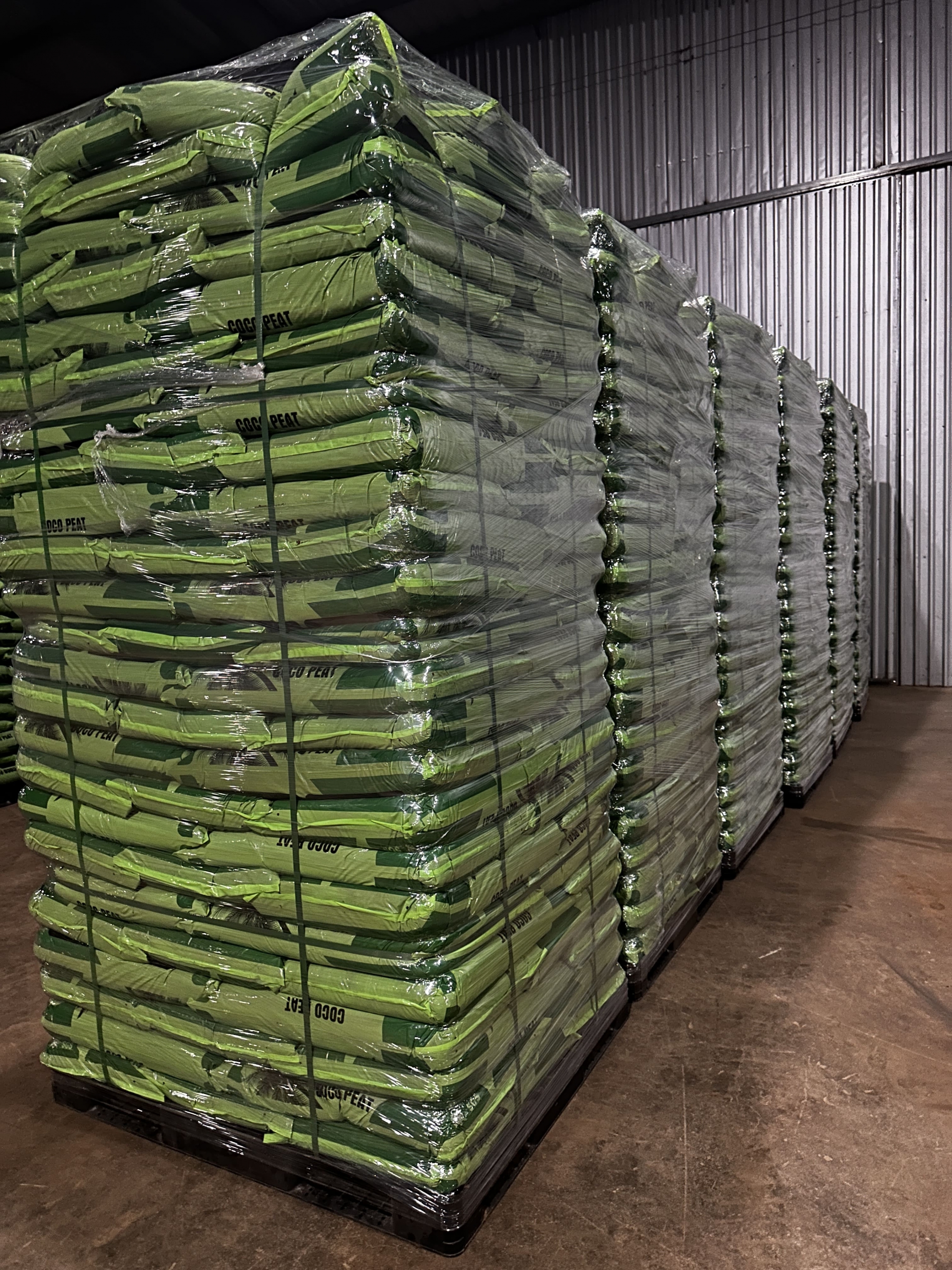 Coco peat for growing cannabis
Coco peat for growing cannabis












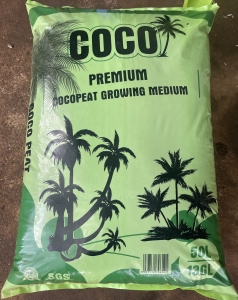
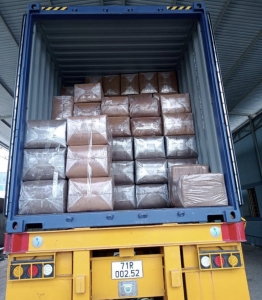
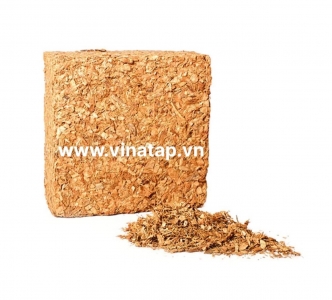
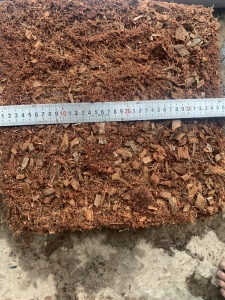
 Online: 29
Online: 29
 Total access: 4431002
Total access: 4431002